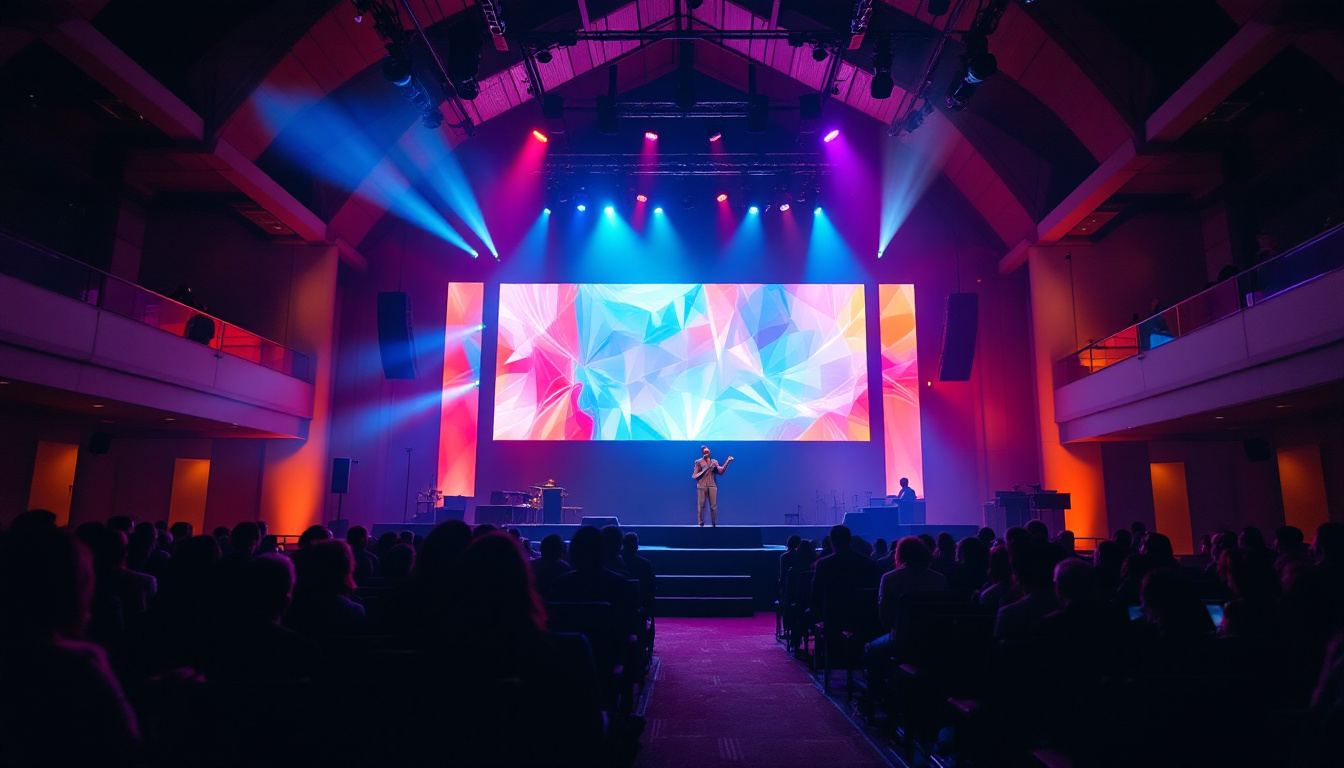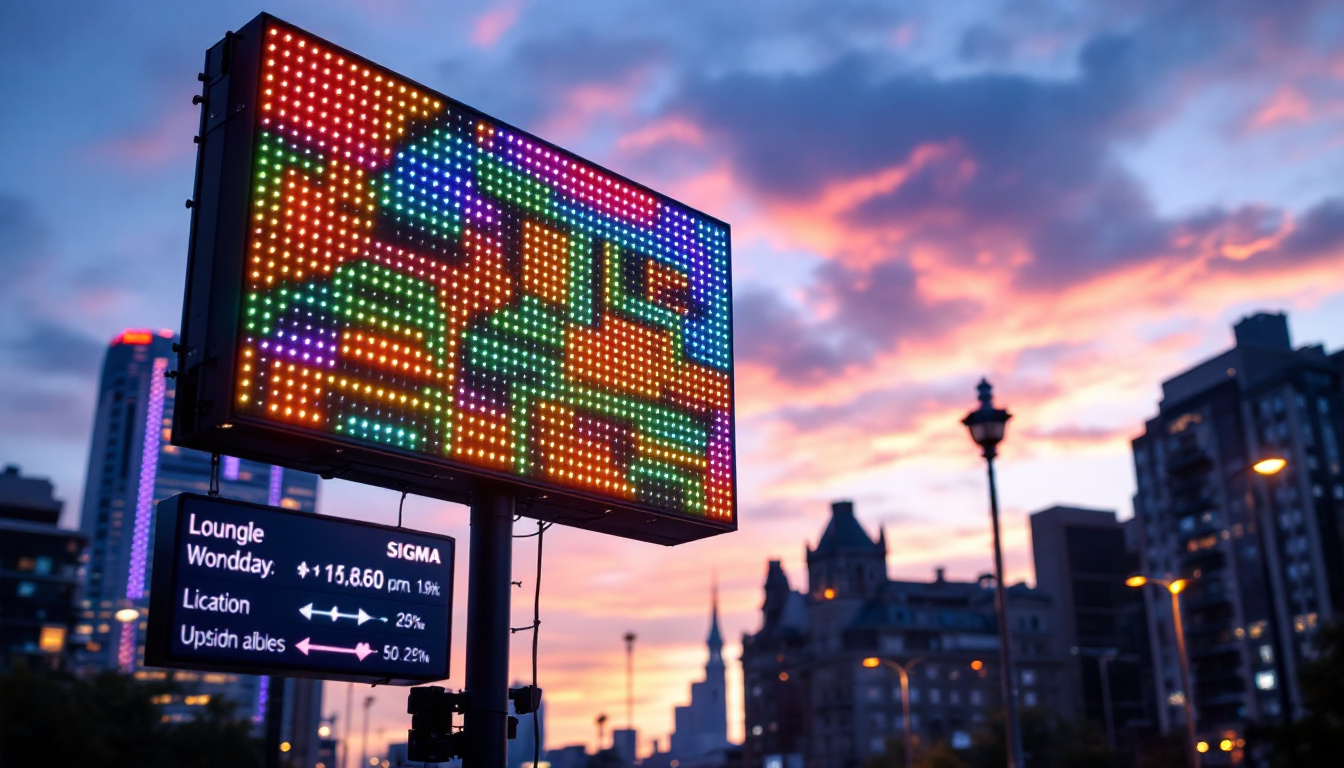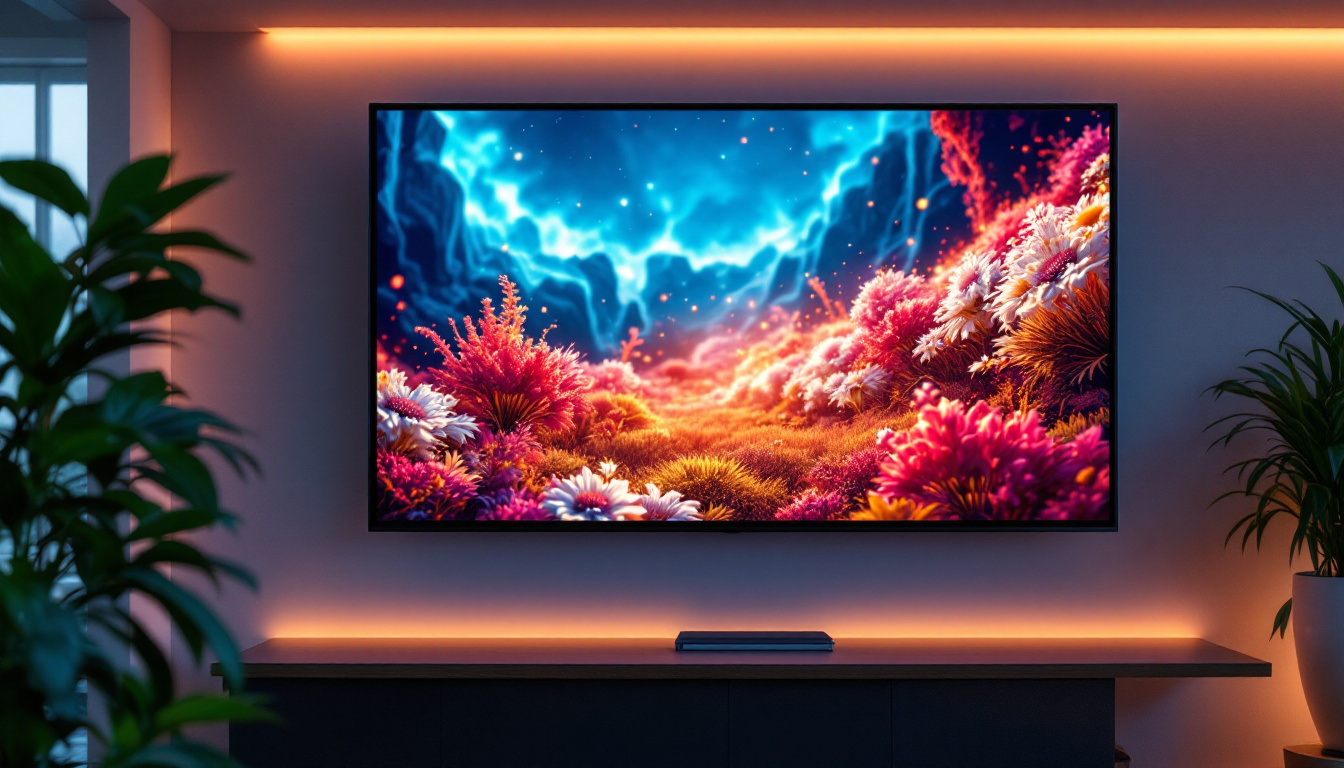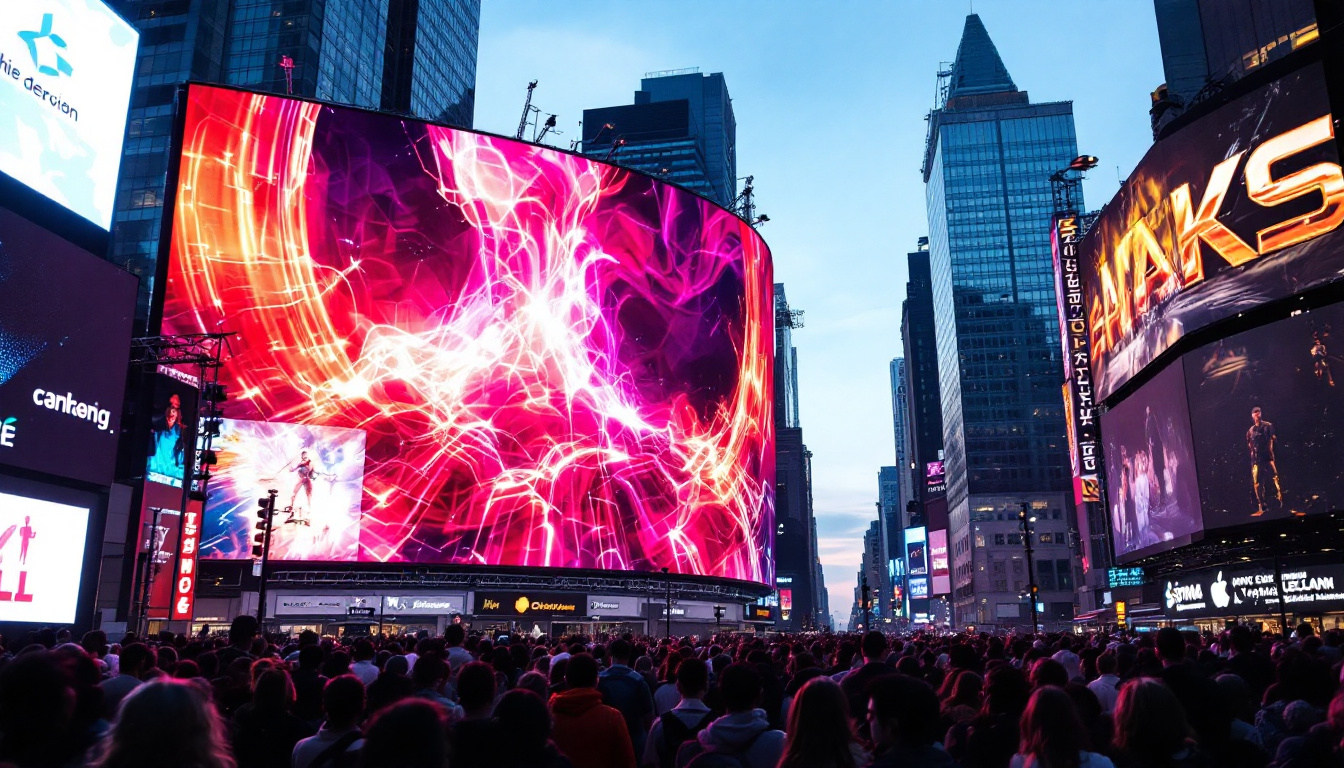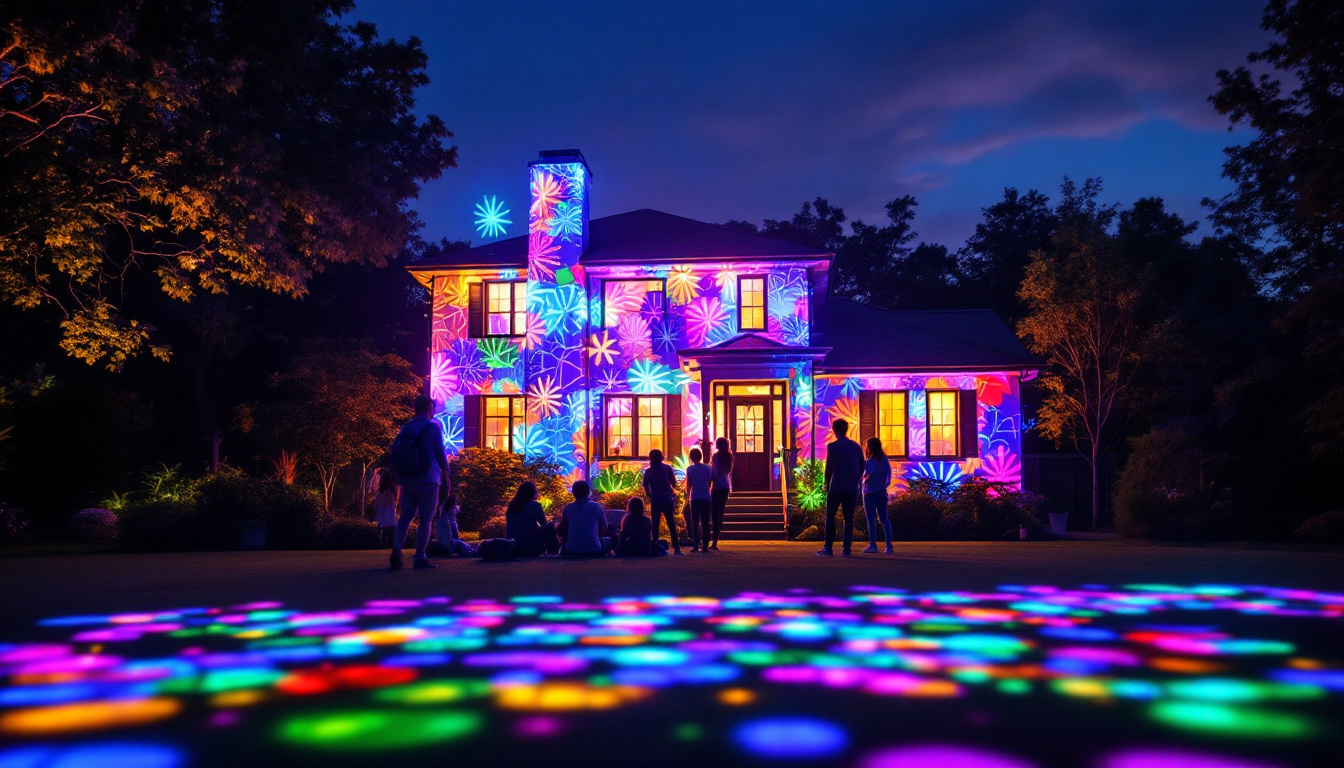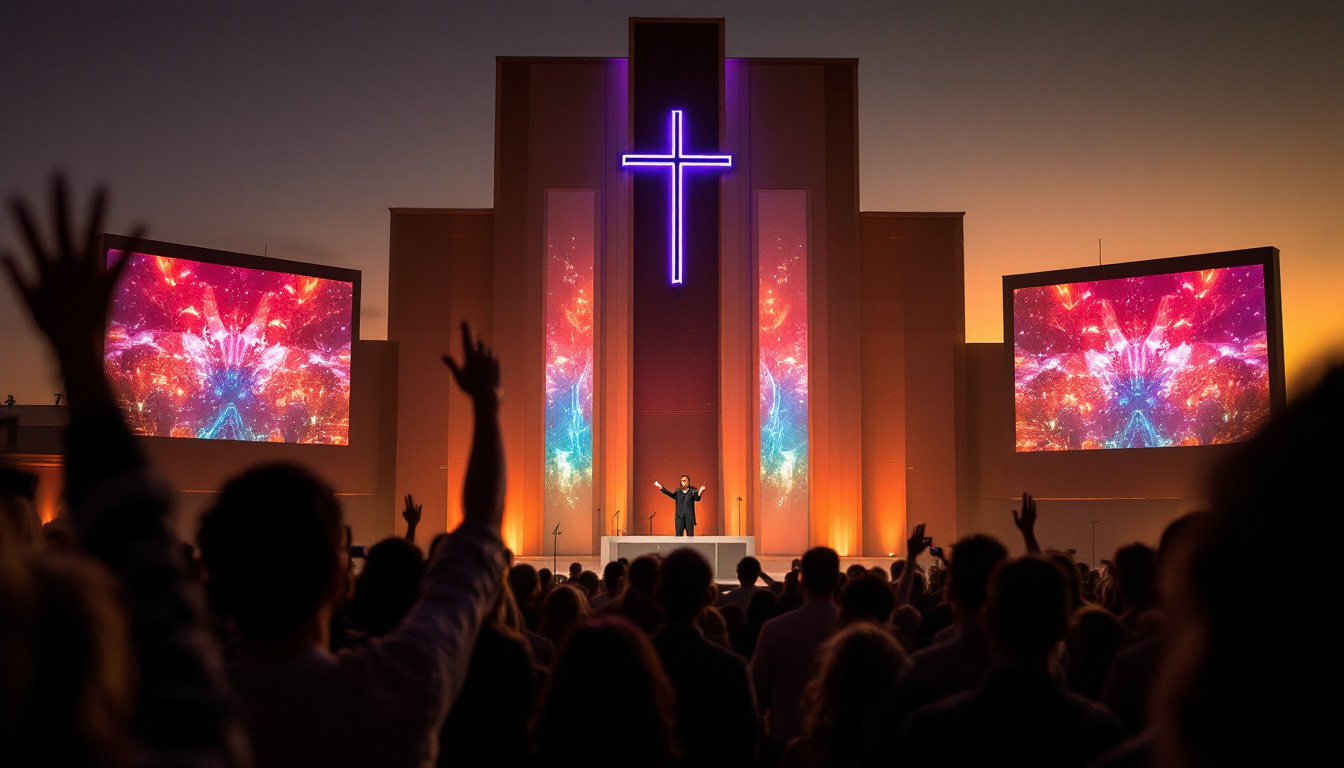In recent years, churches have increasingly adopted LED display technology to enhance their worship services and community events. The integration of LED screens into church environments serves not only as a tool for communication but also as a means to create an engaging atmosphere. This article delves into the various aspects of church LED screens, exploring their benefits, types, installation considerations, and best practices.
The Rise of LED Technology in Churches
The transition to LED technology in churches has been influenced by several factors. As congregations grow and the need for effective communication increases, traditional methods such as printed bulletins and projectors are often deemed insufficient. LED screens offer a modern solution that meets the demands of contemporary worship.
Moreover, the visual appeal of LED displays can significantly enhance the worship experience. With vibrant colors and high-resolution images, these screens can capture attention and convey messages more effectively than ever before. This shift reflects a broader trend in society where visual content is becoming increasingly dominant.
Benefits of LED Displays in Worship Services
One of the primary advantages of LED displays is their versatility. They can be used for a variety of purposes, including displaying song lyrics, sermon notes, videos, and announcements. This functionality allows churches to communicate more effectively with their congregations, ensuring that everyone can participate fully in the service.
Additionally, LED screens are energy-efficient and have a longer lifespan compared to traditional projection systems. This not only reduces operational costs but also minimizes the environmental impact of church activities. The durability of LED technology means that churches can invest in a system that will serve them well for many years.
Enhancing Community Engagement
LED displays can also play a crucial role in fostering community engagement. By showcasing events, volunteer opportunities, and community outreach programs, churches can keep their members informed and involved. This dynamic approach to communication can help build a stronger sense of community within the congregation.
Furthermore, the ability to display live feeds or recordings of services can extend the reach of the church beyond its physical walls. This is particularly important in an era where many people seek spiritual fulfillment online. By utilizing LED technology, churches can connect with a broader audience and provide access to their services for those unable to attend in person.
In addition to enhancing communication, LED displays can also serve as a platform for artistic expression within the church. Many congregations are incorporating multimedia elements into their worship services, such as video testimonies, artistic animations, and visual storytelling. This creative use of technology not only captivates the congregation but also allows for deeper emotional connections to the messages being conveyed. As churches embrace this artistic approach, they can inspire a sense of wonder and engagement that resonates with both younger and older members alike.
Moreover, the integration of LED technology can facilitate interactive worship experiences. Some churches are experimenting with audience participation through apps that allow congregants to respond to polls or submit prayer requests in real-time, which can then be displayed on the LED screens. This level of interaction not only makes services more engaging but also empowers members to take an active role in their worship experience, fostering a sense of ownership and belonging within the church community.
Types of LED Displays for Churches
When considering the implementation of LED screens, churches have several options to choose from. Each type of display comes with its own set of features and advantages, making it essential to select the right one based on specific needs and budget constraints.
Indoor LED Displays
Indoor LED displays are designed for use within church buildings. They are typically used in sanctuaries, fellowship halls, or community spaces. These displays are optimized for viewing at closer distances, making them ideal for projecting lyrics, sermon notes, and multimedia presentations during services.
One of the key features of indoor LED displays is their ability to produce high-quality images and videos, even in well-lit environments. This ensures that congregants can easily read text and enjoy visuals without straining their eyes. Additionally, many indoor models offer customizable configurations, allowing churches to create a layout that best suits their space. The versatility of these displays also means they can be used for various events beyond regular services, such as weddings, holiday celebrations, and community gatherings, enhancing the overall experience for attendees.
Outdoor LED Displays
Outdoor LED displays are specifically designed to withstand various weather conditions while providing clear visibility from a distance. These screens are often used for announcements, event promotions, and live streaming services to attract passersby and engage the local community.
With advancements in technology, outdoor LED displays now come equipped with features such as high brightness levels and anti-glare coatings, ensuring that content remains visible even in direct sunlight. This makes them an effective tool for churches looking to expand their outreach and visibility in the community. Furthermore, many outdoor displays can be programmed for dynamic content, allowing churches to update messages in real-time, such as prayer requests, service times, or community events, fostering a sense of connection and involvement among congregants and local residents.
Mobile LED Displays
Mobile LED displays offer a unique solution for churches that engage in outreach activities or community events. These portable screens can be easily transported and set up in various locations, making them ideal for festivals, fairs, or outdoor services.
The flexibility of mobile LED displays allows churches to reach a wider audience and create an immersive experience wherever they go. Whether it’s showcasing a special event or broadcasting a live service, these displays can adapt to different environments and audiences. Additionally, mobile LED displays can be integrated with sound systems and other multimedia equipment, providing a comprehensive solution for outdoor worship or community engagement initiatives. This adaptability not only enhances the church’s presence in the community but also encourages participation from those who may not typically attend services, thus broadening the church’s impact and fostering a spirit of inclusivity.
Installation Considerations
Installing LED displays in a church setting requires careful planning and consideration. The process involves several key factors that can impact the overall effectiveness and longevity of the system.
Assessing Space and Placement
Before installation, it is crucial to assess the available space and determine the optimal placement of the LED screens. Factors such as viewing angles, distance from the audience, and existing architectural features should be taken into account. Proper placement ensures that all congregants can view the display comfortably, enhancing their overall experience.
Additionally, churches should consider the layout of the worship space. For instance, a large sanctuary may require multiple screens to ensure visibility from all angles. On the other hand, a smaller space may only need a single display. Evaluating these factors can help churches make informed decisions about their LED display needs.
Technical Requirements
Installation also involves understanding the technical requirements of the LED system. This includes power supply, data connections, and control systems. Churches should work with experienced professionals to ensure that the installation meets all technical specifications and safety standards.
Moreover, it is essential to consider the long-term maintenance of the LED displays. Regular upkeep can prevent issues and extend the lifespan of the system. Churches should establish a maintenance plan that includes routine checks and cleaning to keep the displays in optimal condition.
Best Practices for Using LED Displays
Once the LED displays are installed, churches can maximize their effectiveness by following best practices for usage. These practices can enhance the overall impact of the screens during worship services and community events.
Content Strategy
Developing a content strategy is vital for making the most of LED displays. Churches should curate engaging and relevant content that resonates with their congregation. This can include song lyrics, sermon notes, videos, and announcements, all tailored to the specific needs and interests of the audience.
Additionally, churches should consider the pacing and timing of content changes. Avoiding rapid transitions and ensuring that text is displayed long enough for everyone to read can enhance comprehension and participation. A well-thought-out content strategy can significantly improve the worship experience.
Incorporating Multimedia
Incorporating multimedia elements into presentations can elevate the overall impact of LED displays. High-quality images, videos, and animations can capture attention and reinforce messages during services. However, it is essential to strike a balance between visual appeal and clarity to avoid overwhelming the audience.
Moreover, utilizing multimedia can help convey complex ideas in a more accessible manner. For instance, a video testimony can resonate deeply with congregants and create a more personal connection to the message being shared.
Engaging the Congregation
Finally, engaging the congregation is crucial for maximizing the effectiveness of LED displays. Encouraging participation through interactive elements, such as live polls or social media integration, can foster a sense of community and involvement. This approach not only enhances the worship experience but also encourages congregants to feel more connected to the church.
Additionally, regularly updating content and showcasing community events can keep the congregation informed and engaged. By making the LED displays a focal point of communication, churches can strengthen their connection with members and the wider community.
Conclusion
The integration of LED displays in churches represents a significant advancement in how congregations communicate and engage with their members. With numerous benefits, including enhanced visibility, versatility, and community engagement, LED screens have become an essential tool for modern worship.
By understanding the different types of LED displays, considering installation requirements, and adhering to best practices, churches can create a dynamic environment that fosters participation and connection. As technology continues to evolve, LED displays will undoubtedly play a pivotal role in shaping the future of worship experiences.
Discover LumenMatrix LED Solutions for Your Church
Embrace the future of worship and community engagement with LumenMatrix’s advanced LED display technology. As a leader in innovative LED solutions, LumenMatrix offers a wide range of products, from Indoor and Outdoor LED Wall Displays to Custom and All-in-One LED Displays, designed to elevate your church’s visual communication. Experience the difference in brand visibility and audience captivation with our state-of-the-art LED modules. Check out LumenMatrix LED Display Solutions today and transform your worship services into immersive, engaging experiences.

